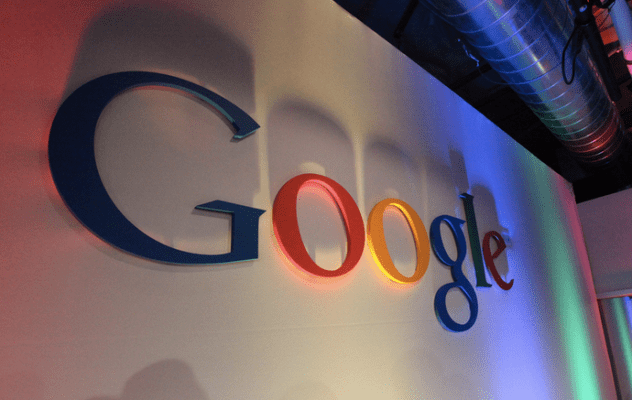Google is gearing up to sell wireless service directly to customers as a mobile virtual network operator (MVNO), by acquiring excess network capacity from Sprint and T-Mobile and reselling it to customers under its own brand. This is the same approach used by Cricket Wireless, MetroPCS, Pure Talk, Republic Wireless and many others in the U.S., but Google’s arrangement apparently required special consideration, according to The Wall Street Journal, given the potential threat network providers perceived in giving the search giant and Android maker too much control.
Sprint built a volume clause into their agreement with Google, per WSJ, which triggers if the Google wireless service acquires a large number of users and lets Sprint renegotiate the terms of the deal. There’s no word on how T-Mobile’s arrangement works, but given comments about the U.S. carrier by its parent company Deutsche Telekom, the provider is probably looking for ways to shore up the sustainability of its prolonged “Uncarrier” campaign.
The Google MNVO deal was originally reported by The Information, and this is far from the first time we’ve heard that the Mountain View company was interested in joining the wireless provider ranks. Google’s plans are going to bear fruit in the very near future this time around, however, with a launch likely for later this year, and with testing already begun within the organization.
At first blush, this looks like the moment in the horror movie when the audience can see the killer just around the corner, while his soon-to-be-victim remains blithely unaware. Give Google an entry to the wireless market? The same company that has experimented with rolling out free Wi-Fi networks and low-cost, high-speed fiber for home connections? The same company putting balloons into the upper atmosphere just to make sure more people can get Internet connectivity for free? It’s like opening the door because the tigers knocked nicely.
But it isn’t – not really. Sprint’s aforementioned clause affords them some protection, even if Google’s service proves wildly popular immediately, but that seems unlikely. Google has taken a more measured approach to rolling out Google Fiber in the U.S., after all, reaching only a small number of cities nearly four years after its initial launch. And as far as MVNO’s go, none have come anywhere close to toppling the U.S. carrier leaders as of yet.
There is some evidence to suggest MVNO’s are gaining in popularity in recent years, which could mean Google is striking while the iron is hot with its own offering. But Google still isn’t likely reason for carriers to quiver – mainly because building a service that meets the needs of consumers means building a consumer-facing service organization, which is not something Google has proven terrific at doing just yet.
Consider its direct sales hardware business. Initially, it failed at that pretty spectacularly with early Android phones, and the Google Play devices store, while more successful, hasn’t threatened retail or traditional sales channels into obscurity or irrelevance. In fact, there’s no indication that the Play Devices store is anything more than a quiet side bet that exists mostly because it isn’t costing Google too much money to operate.
Google might be a threat to traditional carriers in the long term, but for now the situation seems fairly innocuous and exploratory. Plus, if Google really wants to be a wireless carrier, it would probably find a way to become one, with or without MVNO relationships that benefit existing players.
